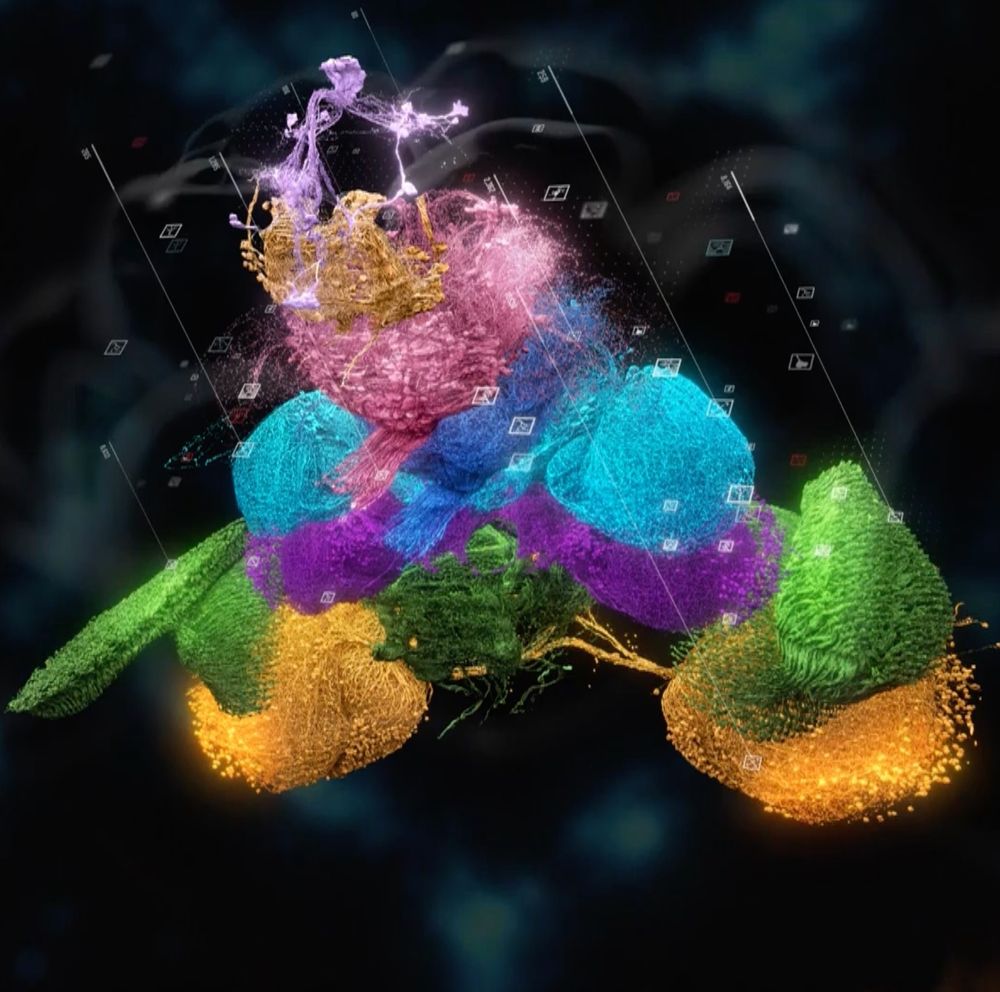Max Wilkinson
@maxewilkinson.bsky.social
540 followers
110 following
21 posts
PhD @MRC_LMB, now post-doc at @MIT, dabbler in cryoEM. Keen on spliceosomes. Now also keen on reverse transcription. Kiwi.
Posts
Media
Videos
Starter Packs
Reposted by Max Wilkinson
Reposted by Max Wilkinson
Max Wilkinson
@maxewilkinson.bsky.social
· Nov 25
Reposted by Max Wilkinson












